- Chevrolet cites up to 320 miles of range
- Available in front-, rear- or all-wheel drive
- Up to 557 horsepower from range-topping SS trim
- GM's semi-automated Super Cruise system is available
- Kicks off the first Blazer EV generation for 2024
2024 Chevrolet Blazer EV Is One of the Only Vehicles in History With Available Front- and Rear-Wheel Drive
Blazer EV is the newest and most advanced EV in Chevrolet's lineup
What is the Blazer EV?
The Blazer nameplate has been through a lot. Starting out as a rugged SUV battling the Ford Bronco before transitioning into more of a soft-roader through the '90s, the badge was retired only to be brought back as a crossover in 2019 to a rather lukewarm reception. Now, for 2024, the Blazer gets the coveted "EV" tacked onto the badge and GM's much-heralded Ultium battery pack under the floor. It's important to note that the 2024 Chevrolet Blazer EV will not share a platform with the current Blazer SUV.
Am I Ready for an EV?
- EV ownership works best if you can charge at home (240V outlet)
- Adding a home charging system is estimated to cost $1,616 in
- Edmunds is partnering with Treehouse, an independent provider of home EV installation services. Learn more about the installation services partnership
Chevrolet tells us the Blazer EV will be available in four trim levels familiar to Chevy owners: 1LT, 2LT, RS and SS. That's right, there will be a Blazer EV SS. There will also be versions made for fleets as well as for police departments. Here's everything we know about GM's big plans for this family-friendly electric crossover.
What gets the Blazer EV moving?
Concealed beneath the Chevy's striking sheetmetal is GM's BEV3 platform. It's what is known in the industry as a skateboard and it consists of a chassis that houses the battery packs, electric motors, suspension components, the wheels, and all of the major electrical components. Skateboards are popular with EV manufacturers because they can be modified to suit different-sized vehicles in a variety of segments without being completely reengineered. In the case of the BEV3 platform, it forms the basis of the newly released Cadillac Lyriq, the upcoming Cadillac Celestiq and the Chevrolet Equinox EV. It's also the platform for Honda's much-anticipated Prologue.
The Blazer EV uses GM's Ultium battery tech and will be available in front-, rear- and all-wheel-drive configurations. That's right, the Blazer is one of the only vehicles ever to be available with FWD and RWD. Chevrolet has not yet released battery specifications or power outputs, but since the platform is the same as the one in the Cadillac Lyriq, we expect something in the ballpark of 100 kWh of capacity and at least 300 horsepower for entry-level models. The range-topping Blazer EV SS will top out at 557 hp and 648 lb-ft of torque — good, Chevy says, for a mad-dash 0-60 mph run of less than 4 seconds. Chevy also claims up to 320 miles of range, depending on trim level.
You can juice the Blazer EV's battery via Level 2 charging with rates up to 11.5 kW. If you're on the go, you can also take advantage of the Blazer EV's standard DC fast-charging hardware, which draws electricity at a rate of up to 190 kW. At the right charger, that should add nearly 80 miles of range in just 10 minutes. Owners will be able to find a charger using GM's Ultium 360 program, which pulls charger location data from seven national charging networks.
How's the Blazer EV's interior?
Front passengers will be greeted by a massive 17.7-inch infotainment touchscreen. Interior styling isn't largely different from the gas-powered Blazer, but there are a handful of subtle changes. These include a third air vent under the touchscreen and a new transmission lever that replaces the regular Blazer's shifter on the center console. The driver gets an 11-inch digital instrument panel and ambient lighting, and the sporty RS and SS models have distinct touches that set them apart from more pedestrian trim levels.
Since the Blazer EV is a two-row midsize SUV, we expect second-row legroom to be spacious thanks in large part to the flat floor allowed by the battery packaging. Cargo capacity should be generous as well, and Chevy is touting a hands-free opening tailgate that will open when a key fob is simply near the rear of the vehicle.
How's the Blazer EV's tech?
Top of the list is the availability of GM's superb Super Cruise semi-automated driving system. It's not available for use on all roads, only certain highways and interstates, but in our experiences with the technology, we've found it effective and easy to use. As you'd expect from a modern EV, the navigation system is capable of route planning with charging stations in mind and uses predictive range calculations to make sure you have enough juice to get to your destination.
Standard on the Blazer EV is Chevy's Safety Assist suite of driver assists. This includes automatic emergency braking, lane keeping assist, lane departure warning and automatic high-beams. Features like reverse automatic braking and an automated parking system are on the options list if you so desire. Over-the-air updates and a power-operated charge door are also part of the Blazer EV's repertoire.
Edmunds says
The next step in the saga of the Blazer badge is full electrification. Using GM's Ultium battery technology and new BEV3 electric architecture, the 2024 Chevrolet Blazer EV is the first of many next-generation electric vehicles to come from Chevy. Stay tuned for more detailed specifications, as well as how the Blazer EV does on our real-world EV range test.

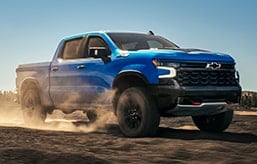
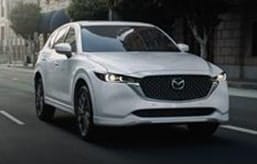
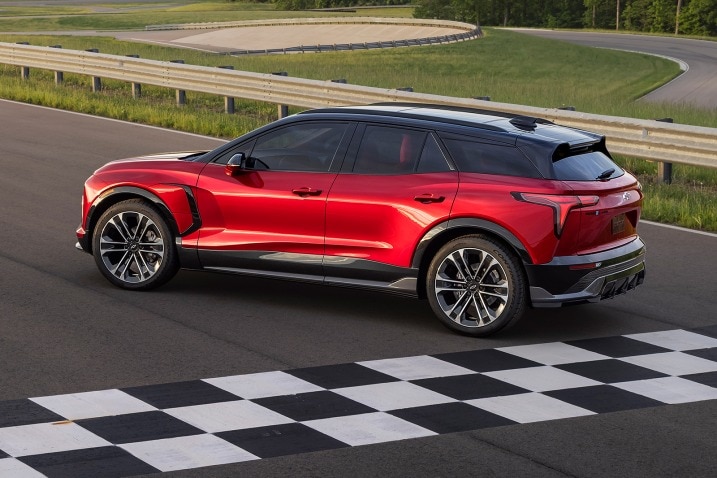
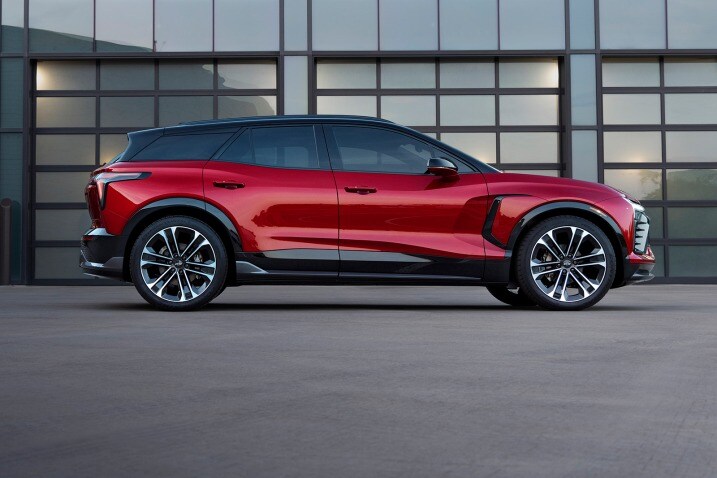
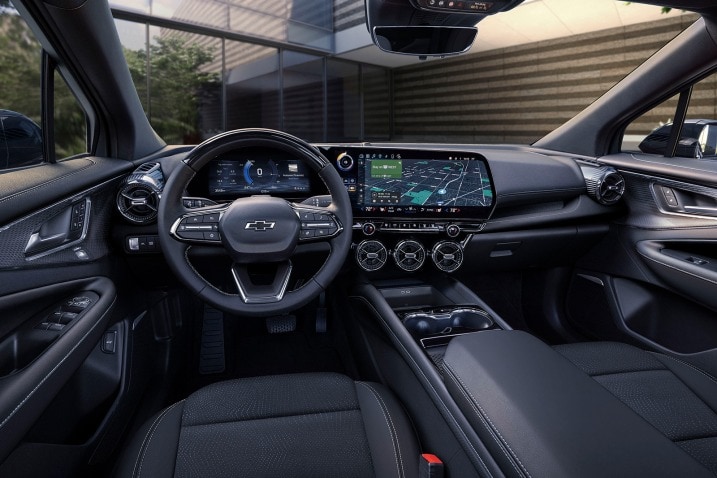
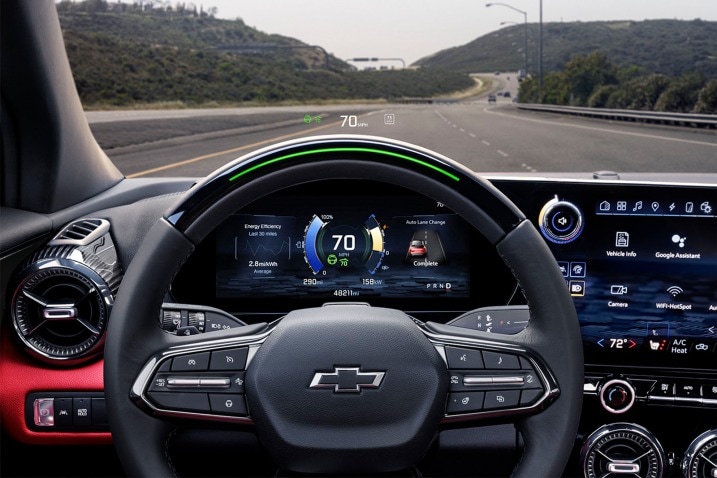
 by
by